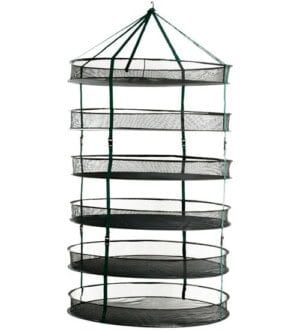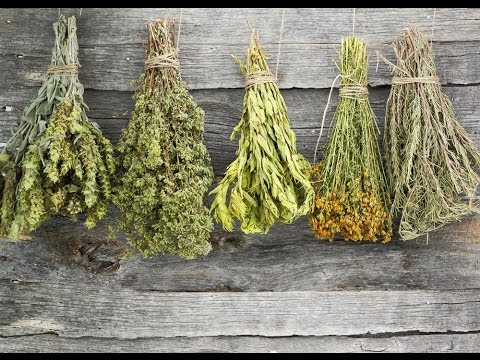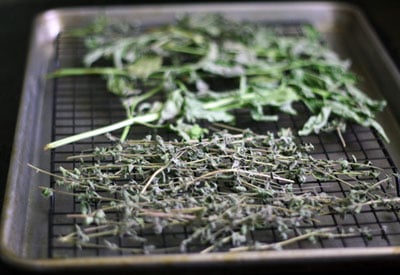In numerous elements of the nation, the beginning of August is the time to reap and dry herbs. Many leafy herbs have budded and are in a position to flower… the correct time to reap for drying. Herbs at this stage — merely ahead of flowering — have basically essentially the most flavorful, aromatic oils. Some herbs — basil, rosemary, lemon balm, parsley and rosemary — may very well be harvested plenty of events over the course of the summer season. It’s best to reap inside the morning after the dew has dried. Study your pickings fastidiously for ineffective or diseased leaves or indicators of mould. Most herbalists advocate rinsing herbs and gently shaking them dry. We’ve always felt that rinsing removes helpful oils and try to protect it at a minimal, notably after a earlier day’s rain.

#1 DRYING RACK
STACK!T
Product of breathable mesh that allows for quick drying and most air circulation.
Examine further
Don’t waste your harvest! We offer the simplest yard scissors and snips for quick, clear cuts and our hanging drying racks will defend your treasured bounty preserving it safe until ready to utilize.
Herbs with a lower moisture content material materials — oregano, thyme, rosemary, marjoram, savory, dill, sage — do properly with hanging and air drying. They is likely to be merely inverted, the stems certain collectively by string, and hung from a rafter or any overhang that allows circulation throughout the entire bunch. Protect your herbs from publicity to sunlight. Study usually for indicators of mould or mildew. Once more inside the moist Pacific Northwest, we used to carry bunches of herbs in our barn and with luck and each week’s worth of dry local weather, would have success. (We lastly bought a meals dehydrator to stay away from our mould points.) Some herbalists, in an effort to keep up their herbs from mud and completely different contaminants, droop their herbs in a brown paper bag poked by with a great deal of air circulation holes.
Herbs with a extreme moisture content material materials — mints, tarragon, basil — are best dried using a meals dehydrator or the oven strategy to cease mould from forming. Oven drying requires spreading herbs in a single layer evenly all through a cookie sheet and setting the temperature on the bottom setting, sometimes 150 ranges or a lot much less. If this temperature is troublesome to care for — and it is with most ovens — attempt turning your oven on for lower than 5 minutes every hour. Flip and rearrange your herbs presently. In three hours or so, leaves should be crispy and in a position to retailer. In her e-book The Complete Herb, Barbara Good suggests using the microwave to dry small batches of herbs. Put together them on a plate and microwave for 15 to 30 seconds sooner than letting them cool absolutely and repeating the tactic. If after plenty of cycles, you uncover that the leaves are ready nevertheless the stems are nonetheless moist, she suggests you finish them off in a warmth oven.


Dried herbs are best saved in jars with tight turning into lids. Don’t forget that when using dried herbs in your favorite recipe, they’re three to 4 events stronger than current herbs… counting on how properly you dried them. There’s nothing like opening a jar of dried herb — say thyme, rosemary or oregano — inside the ineffective of winter and having the scent remind you of the great August day you picked it and set it to drying. Detailed instructions on harvesting, drying and storing herbs may very well be found proper right here.
As in all gardening discussions, there are disagreements as to the simplest methods of drying herbs. Jim Prolonged, author of the pamphlet Rising & Using the Excessive 10 Most Widespread Herbs says that herbs must not at all be dried inside the microwave. An extreme quantity of of their oil is misplaced inside the course of. He’s moreover in direction of hanging herbs as a lot as dry “in little bundles inside the kitchen. Whereas they offer the impression of being pretty, it’s not an effective way to dry them when you occur to plan on using them for cooking afterward.” Biggest, he suggests, is the meals dehydrator, or in a warmth darkish place, like an attic. Help us proper right here, dear readers and fellow herb growers: what’s your favorite approach for preserving herbs?
